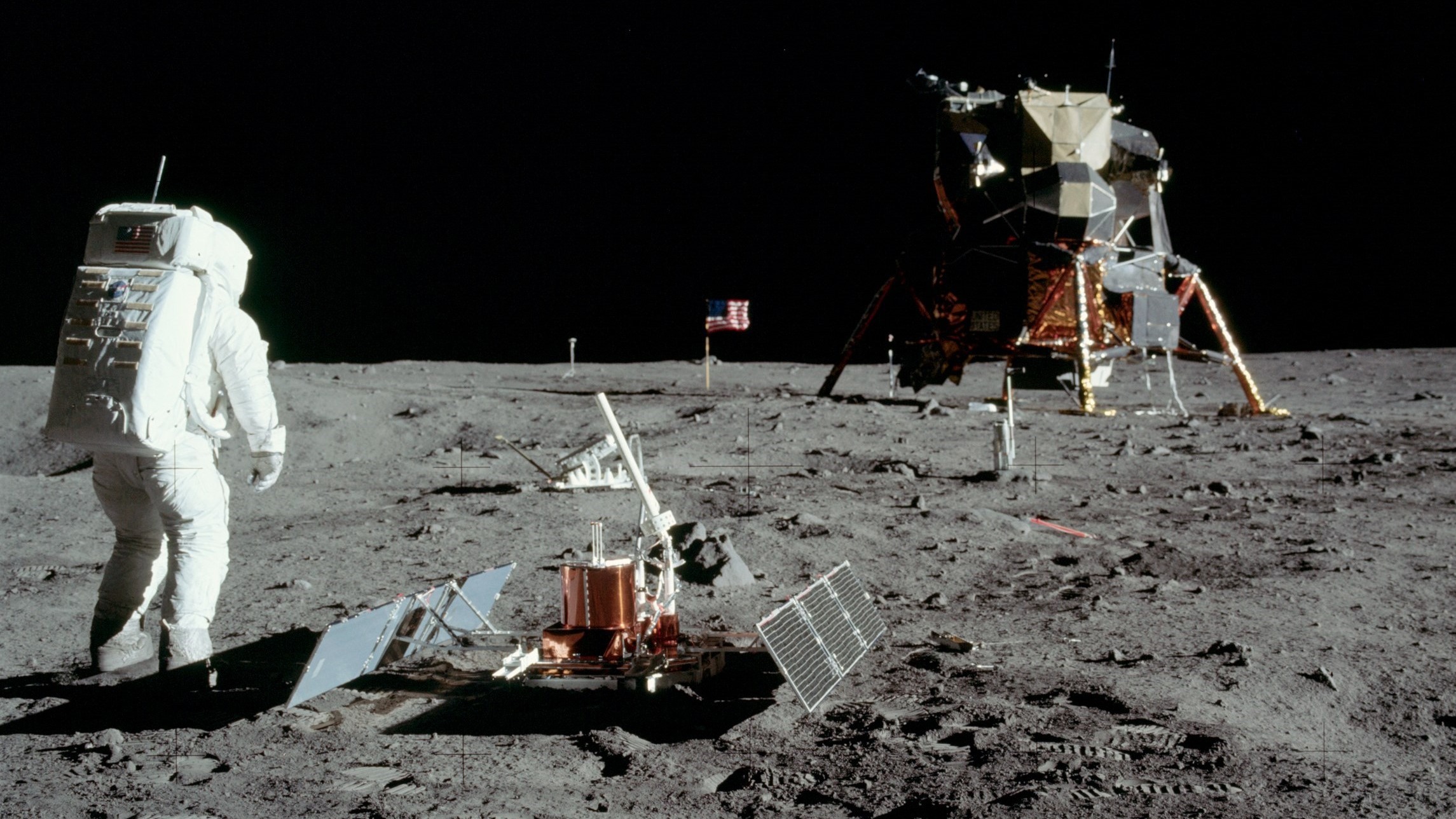Duration: 14 months
Lunar regolith poses one of the main risks and challenges to any lunar surface mission due to the abrasion nature of particles on the Moon, the extreme environment, and the uncertain particle properties. While efforts to gain a deeper understanding of the fundamental properties of regolith particles increased in the past, tests still focused mainly on low-fidelity tests. With the increased accessibility of lunar simulants with high fidelity and maturity, effects on materials, components and their performance degradation can be accurately evaluated.
In the scope of this proposal, the degradation of solar cells and MLIs will be evaluated during an entire lunar mission. These components have been identified due to their high exposure to the dust environment and their susceptibility. Industrial interest is also rising due to the focus on lunar missions from all major space agencies. A lunar mission has two main phases of concern: the lunar descent, where lunar regolith particles are accelerated to high velocity and an operational phase. Additionally, for an improved degradation model, the lunar regolith and suitable mitigation strategies have to be well characterized. During each mission phase, the dust environment can change drastically, so the material and component degradation is required as a function of multiple regolith parameters.
While the proposal is covering a large academic field, the goal of this proposal is to achieve extensive knowledge of the material and component performance with key tests of thermo-optical parameters of different lunar simulant and component configurations within a representative environment. With this knowledge, simulation models can be converted directly into performance parameters. Additionally, the knowledge of the effects of lunar dust on these key components and materials help to define test parameters and design tests and procedures for future lunar missions leading to less margin and mass leading to a cost and risk reduction.

